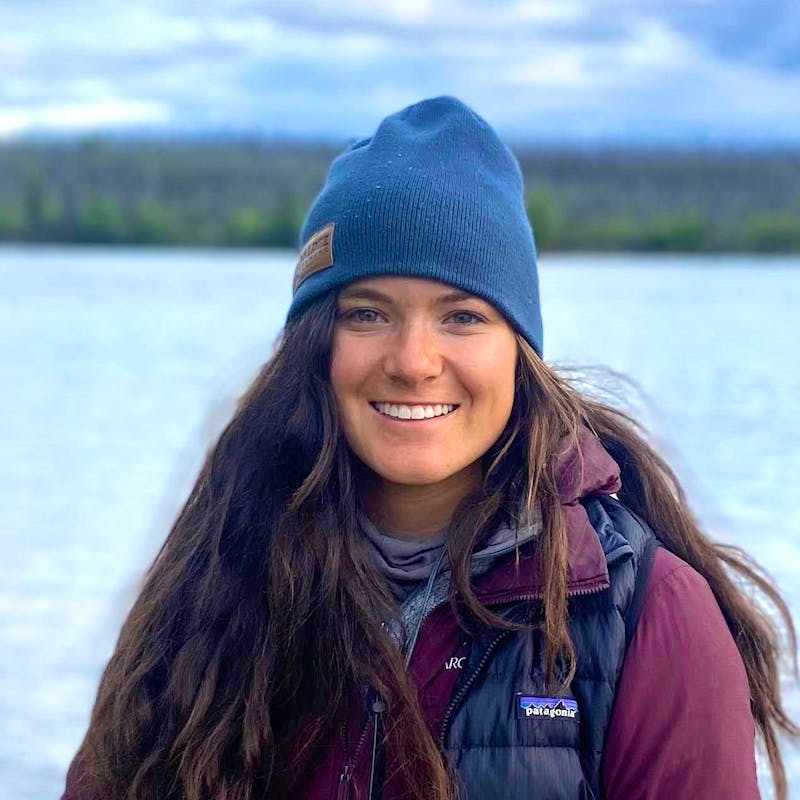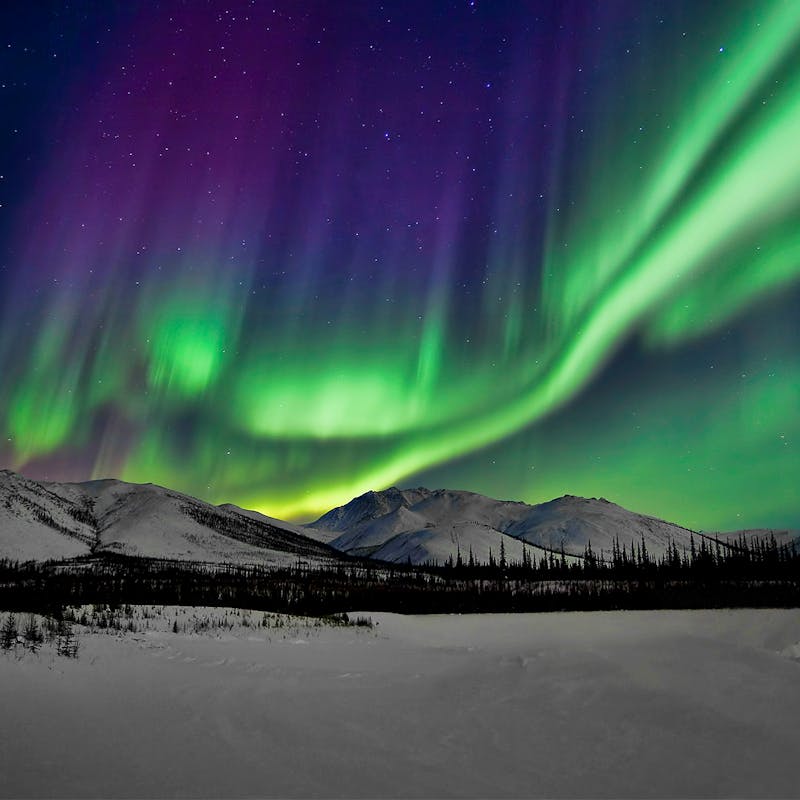Inside the World of a Sea Otter Scientist
Cuddled together while drifting on their backs, paws folded across their chests, a large raft of sea otters bobbed effortlessly in the cold Alaskan water. The moment I first saw these otters has stayed with me, reminding me of how precious — and vulnerable — these coastal guardians truly are.
Sea otters are a conservation success story along parts of Alaska’s coast but remain a species of concern in others. Understanding their role as a keystone predator in nearshore ecosystems requires us to gain insight into their movements, populations and health - all vital to managing the coastal environments they help shape. Let’s dive into how scientists do just that!
First, we need to understand how sea otters in Alaska are divided. There are three recognized sub-populations, also called stocks, based on geography, genetics and management needs under the Marine Mammal Protection Act. These stocks are managed and monitored separately because they differ in history, status and threats.
1. Southwest Alaska Stock
This sub-population lives along the Aleutian Islands to Cook Inlet, including the Alaska Peninsula, Kodiak Archipelago and parts of the Kenai Peninsula.
This stock experienced a dramatic population decline of over 90% since the mid-1980s, especially in the Aleutian Islands. The leading hypothesis is increased predation by killer whales, though disease and environmental factors may also play a role. Some areas — like parts of Kodiak and Kamishak Bay — have shown signs of stabilization or slow recovery, but overall the stock remains a conservation focus.
The Southwest Alaska stock was listed as threatened under the Endangered Species Act in 2005 and is the only Northern Sea Otter stock in Alaska listed today.
2. Southcentral Alaska Stock
Sea otters from this stock are found from the southern Kenai Peninsula through Prince William Sound and the northern Gulf of Alaska, including Kachemak Bay and Hinchinbrook Island.
The Southcentral Alaska sub-population is currently stable and increasing in numbers. This is particularly great news since after the 1989 Exxon Valdez oil spill, sea otter populations in this region suffered significant mortality, especially in heavily oiled areas like western Prince William Sound. Long-term studies show the population has recovered in numbers and, more recently, reproductive and survival indicators have returned to pre-spill conditions.
Due to their history and more-easily accessible location, this region is home to ongoing research on sea otter foraging, habitat use and ecosystem recovery.
3. Southeast Alaska Stock
Extending from Cape Suckling (near Yakutat) to the Canadian border and the islands and fjords of the Inside Passage, this sub-population is currently expanding.
In the early 1900s, sea otters were eradicated, or wiped out, from Southeast Alaska primarily due to the fur trade. In the 1960s, they were reintroduced from the Amchitka and Prince William Sound regions. The reintroduced population has grown rapidly and continues to expand its range. This has sparked ecological changes — like kelp forest recovery — as well as conflict with shellfish fisheries due to predation on crabs, clams and other invertebrates. Because of this, co-management efforts are underway with Alaska Native organizations and shellfish stakeholders to balance ecosystem restoration and fisheries.
How Scientists Track Sea Otters in Alaska
As each stock faces different challenges and plays unique roles in local ecosystems, they also require tailored monitoring, protections and regulations.
Alaska has over 33,000 miles of coastline, much of it remote and rugged. To overcome this, scientists rely on a combination of tools: tagging, aerial surveys and genetic studies.
1. Tagging and Telemetry: Individual-Level Insight
To monitor them individually, biologists capture sea otters and fit them with transmitters or radio tags. In some studies, satellite-linked tags are used to transmit GPS location data in near real-time. Data from tagging studies help us monitor foraging behavior, assess energy expenditure and measure home range size and site fidelity, or the tendency of an individual to repeatedly use or remain in a particular area over time.
One major telemetry study, for example, took place after the Exxon Valdez oil spill. Researchers tracked rehabilitated sea otters released back into Prince William Sound to assess survival and behavior.
2. Aerial Surveys: Statewide Population Tracking
To estimate sea otter abundance across different marine ecosystems, aerial surveys are regularly conducted. This involves trained monitors with the U.S. Fish and Wildlife Services flying transects to count otters along the coast.
Aerial surveys are our gold standard in knowing how many otters there are, which in turn help us understand long-term trends. Aerial surveys in Southcentral Alaska, for example, show continued recovery of otters in Prince William Sound.
3. Genetics: Tracing Lineages and Population Health
Genetic research on sea otters in Alaska uses tissue samples from live captures or deceased individuals (e.g., through strandings). DNA analysis reveals how populations are connected — or isolated — and helps identify distinct management units.
Genetic work confirmed Southwest Alaska sea otters, for example, are a distinct population segment with different genetics to other stocks. This helped obtain their listing under the ESA.
Bringing it all together!
Sea otters are more than just charismatic coastal animals, they’re ecosystem engineers. By consuming sea urchins, they help kelp forests flourish, which in turn supports biodiversity.
Studying sea otters in Alaska allows scientists and managers to:
- Protect critical habitat
- Balance ecosystem needs with human use (like shellfish harvest)
- Track how climate and ocean changes are affecting nearshore ecosystems
Whether seen from a research plane or tracked by satellite, sea otters are telling us important stories about Alaska’s coasts. Now it’s up to us to listen.
If you'd like to learn more about sea otters, please join Defenders of Wildlife throughout Sea Otter Awareness week, September 21 to 27, 2025. If you find yourself in Anchorage, Alaska, please visit our Sea Otter Awareness Geocache for an interactive way to learn more about sea otters and earn some prizes! Otherwise, be sure to share what you’ve learned about sea otters with your social circle and spread awareness about these incredible animals!















